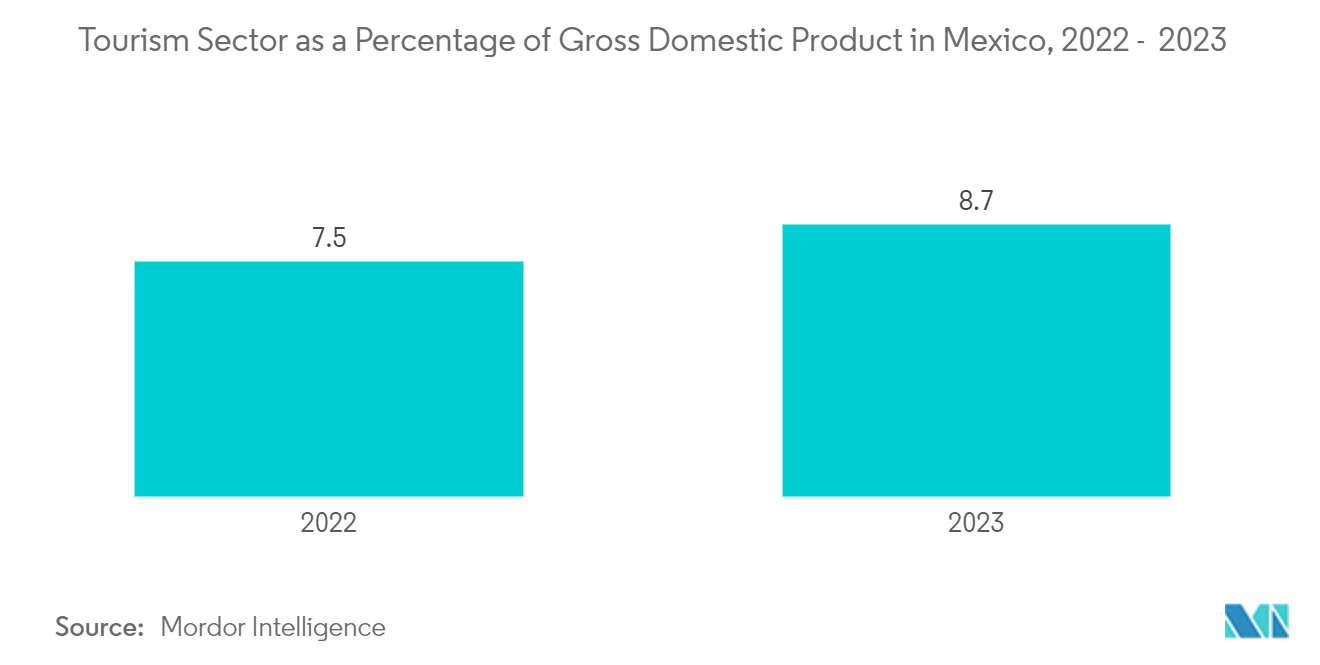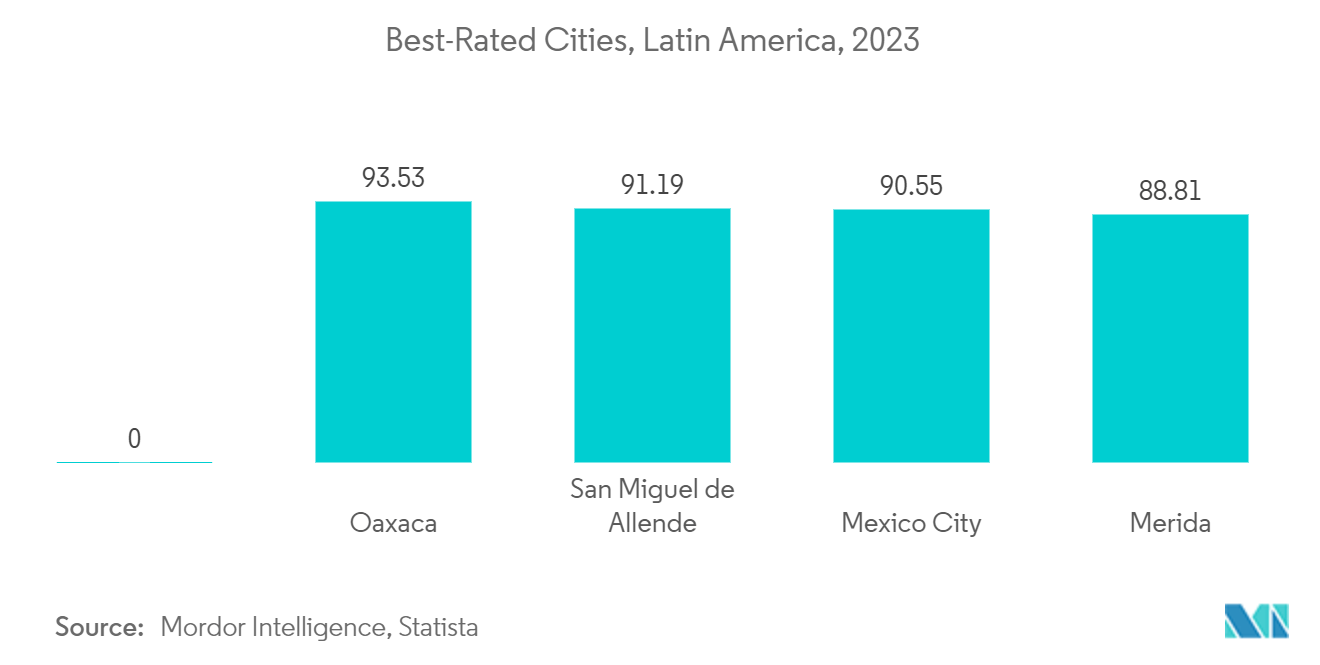Market Trends of Opportunities In Latin America Travel And Tourism Industry
Rising Tourism Industry Investment affecting Latin America Travel and Tourism Industry.
In Latin America, tourism became one of the most important contributors to economic development, job creation, and environmental protection. International tourist arrivals increased by 7%, according to the World Tourism Organization (UNWTO).
Latin America stands out as a travel destination. Countries like Mexico, Peru, Colombia, Chile, and Argentina made new investments, and new international travel players, such as Norwegian Airlines, are emerging in the region. UNWTO forecasts that Latin America will receive 78.2 million tourists by 2027, generating USD 82 billion for the local economy. Latin America emerges as a prominent travel hub, with nations like Mexico, Peru, Colombia, Chile, and Argentina witnessing a surge in investments. Additionally, the region is witnessing the rise of new international travel players, like Norwegian Airlines. Projections from UNWTO indicate that by forecasted year, Latin America is set to welcome a staggering 78.2 million tourists, contributing a substantial USD 82 billion to the local economy.
The rise of the middle class is one of the most important achievements regarding economic expansion in Latin America. The reduction of poverty allowed people to see further and comprise other perspectives on their own lives. Economic growth plays a big role when talking about the growth of the outbound travel market. It means that the rise of the middle class slowly opens up opportunities for people who could barely get by just a few years ago. Most Latin American countries experienced an economic slowdown over the past few years. However, tourists keep searching for outbound destinations worth the trip inside and outside Latin America.

Leading Latin American countries affecting Travel and Tourism Industry
Mexico, Chile, Brazil, Costa Rica, Uruguay, Colombia, Panama, Argentina, Peru, Ecuador, and the Dominican Republic are among the leading countries for tourism in Latin America. Based on the Travel and Tourism Development Index, Mexico and Chile leads Latin American countries with an index of 4.3.
Home to iconic landmarks like Rio de Janeiro's Christ the Redeemer statue and the Amazon rainforest, Brazil is a major tourist destination in Latin America. The country hosts cultural events like the Rio Carnival and offers diverse attractions, including pristine beaches, ecotourism opportunities, and vibrant nightlife in cities like São Paulo and Salvador. Argentina's diverse landscapes, including the Andes Mountains, Patagonia, and the Iguazu Falls, attract outdoor enthusiasts and nature lovers from around the world. Buenos Aires, the capital city, is known for its European-style architecture, tango dance culture, and culinary delights, making it a popular tourist destination. Renowned for its biodiversity, eco-tourism initiatives, and commitment to sustainability, Costa Rica appeals to nature lovers and adventure seekers. The country offers diverse ecosystems, including rainforests, volcanoes, and beaches, as well as opportunities for activities such as zip-lining, wildlife viewing, and surfing. Home to the ancient Inca ruins of Machu Picchu, Peru is a bucket-list destination for history enthusiasts and cultural travellers.

